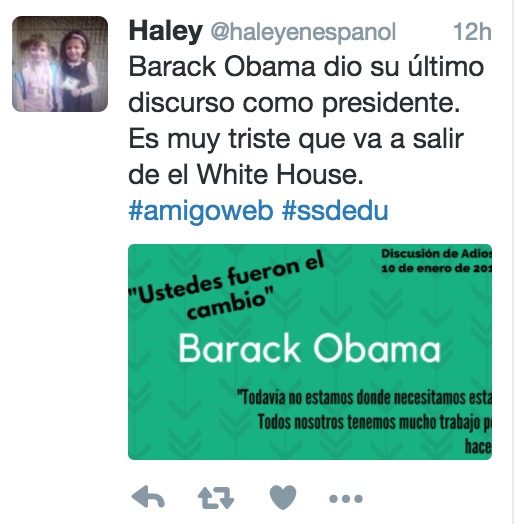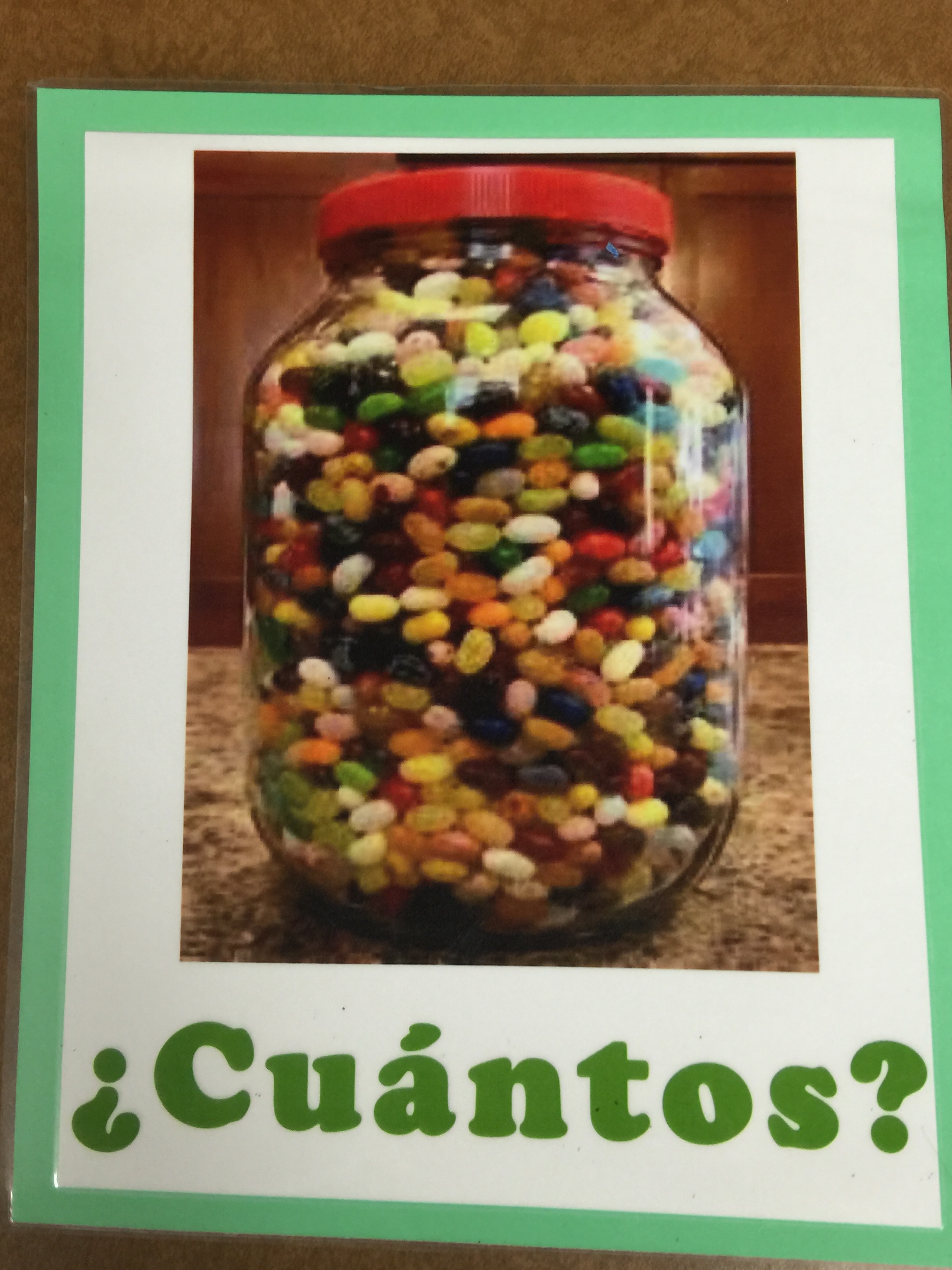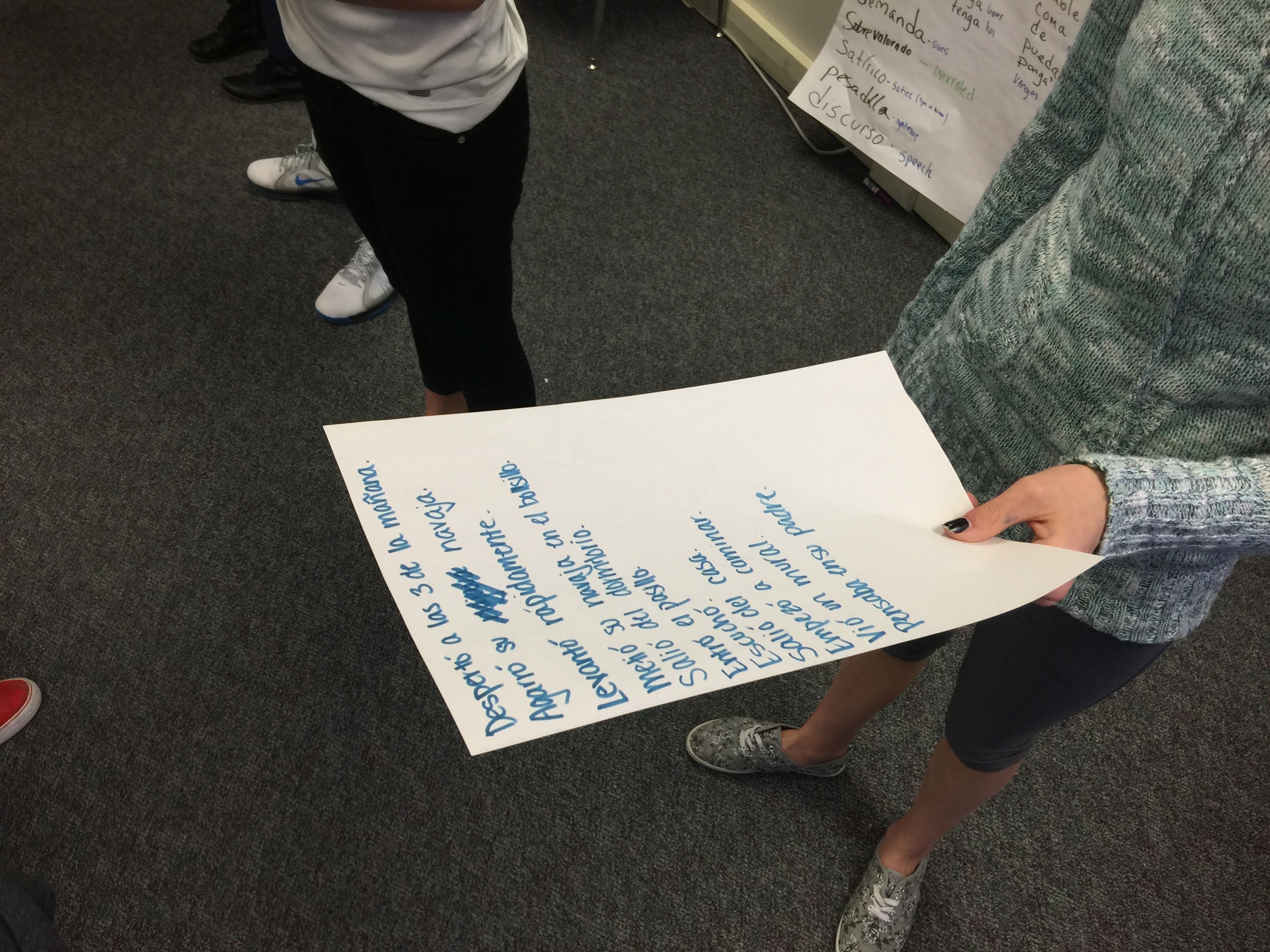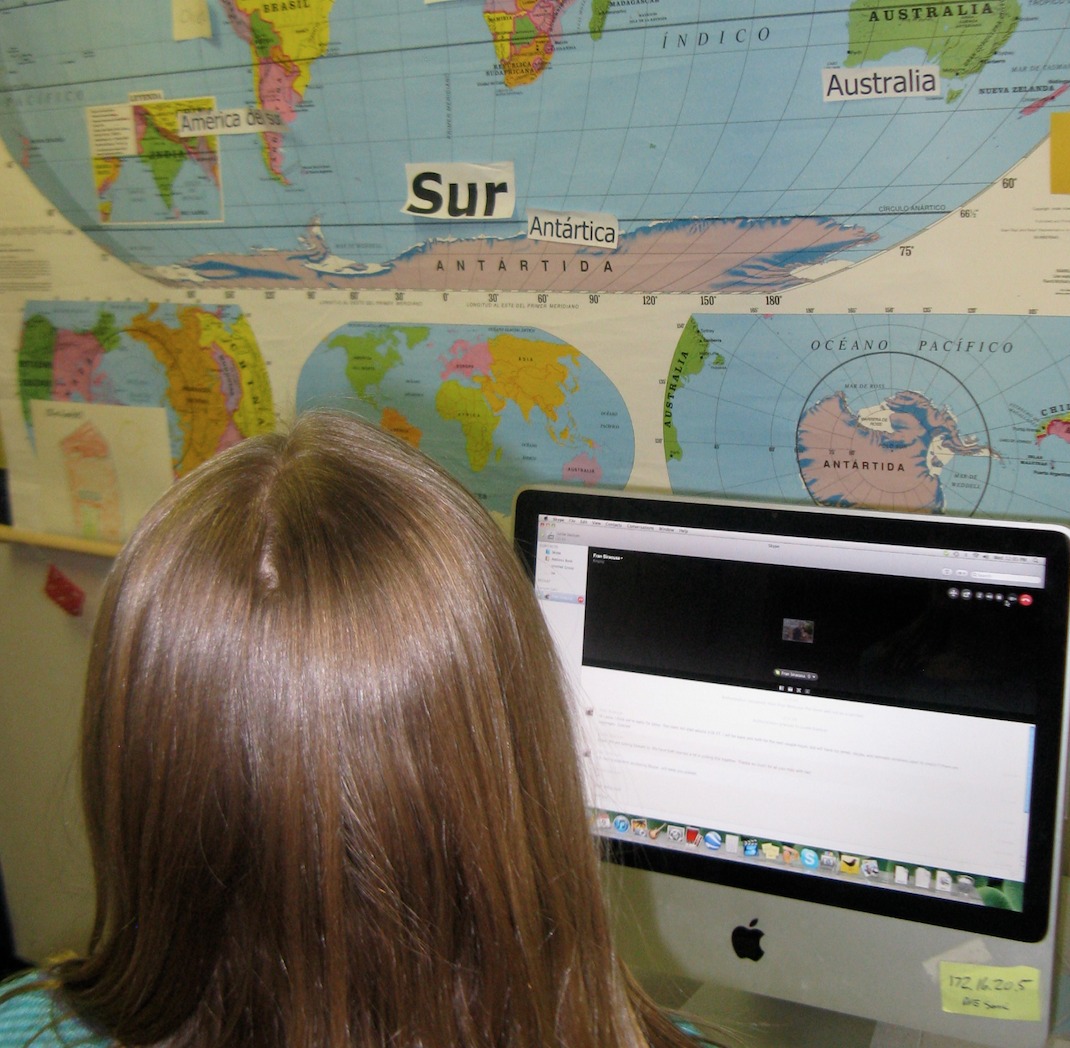Do parents sign the syllabus?
/Maybe yes, maybe no.
This year I'm not requiring it. My students won't be tempted to forge their parent's name. Instead, I gave my Spanish II and III students a brief list of supplies and class expectations in the form of a letter. The student reads the letter to a parent and then takes a picture of the parent with the letter. The student then submits the letter to me in Google Classroom.
I even got a special note from a parent!
I used to spend hours on a detailed syllabus that often ended up in the recycling bin. This year, the message I want students (and their parents) to hear is that although we will have little formal homework (read: packets or worksheets), students are fully engaged during class and most likely acquiring heaps of Español. What has been your experience as a teacher or a parent with the course sylaubuss?



























































